Armored vehicles of Bulgaria. Part of 2. War. 1942-1945
The parties did not agree on the supply of equipment. Initially, the Germans wanted to transfer the 12 medium tanks to the Pz. Kpfw. IV and 20 20 StuG assault guns. Iii. This was not enough even to re-equip one, already existing tank brigade. In turn, the Bulgarian side ordered 90 tanks Pz.IV in Germany (the order was later increased to 95 machines), 55 self-propelled guns, 25 training tanks Pz.I and 10 tanks Pz.III.
In February, 1943. The first five self-propelled StuG 40 Ausf G guns armed with 75-mm (7,5 Stuk L / 43) guns were delivered to Bulgaria. The Bulgarians called them CO-75 ("self-motive"). Until mid-December, the German side as a whole fulfilled the order. 1-I and 2-I batteries of self-propelled guns were specially created. The first battalion was stationed in Sofia, the second in the southeastern city of Haskovo. The structure of the battalion was as follows: headquarters, three assault batteries. The assault battery consisted of three platoons of two vehicles each and one commander vehicle. In general, the battalion counted 27 assault guns.
12 April 1943 G. 41 Bulgarian officer and 37 sergeants went to study at the German tank school in Wunsdorf and on special courses for Pz crews. Kpfw. IV and StuG. III in the Serbian city of Niš.
September 3 1943. the first 46 tanks Pz.IVG, which were called the Maybach T-IV Bulgarians, arrived in Bulgaria.
By order of the Ministry of Defense of Bulgaria No. 37 of 29 September 1943, instead of a tank regiment, a Tank Brigade (Bronirana Brigade) was created with 1.10.1943, which included battalions of self-propelled guns.
The arrival of German tanks allowed the outdated French Renault R-35 to be withdrawn from the tank brigade - later on they were planned to be used against the partisans. All vehicles were located in the town of Sliven, 10 tanks were then attached to the 29 Infantry Division with headquarters in Vrana in Serbia, in the Bulgarian occupation zone. The armored vehicles were planned to be used against the communist partisans of Josip Broz Tito. Outdated English Vickers Mark E Type B were transferred to training units, where they were used to train drivers.
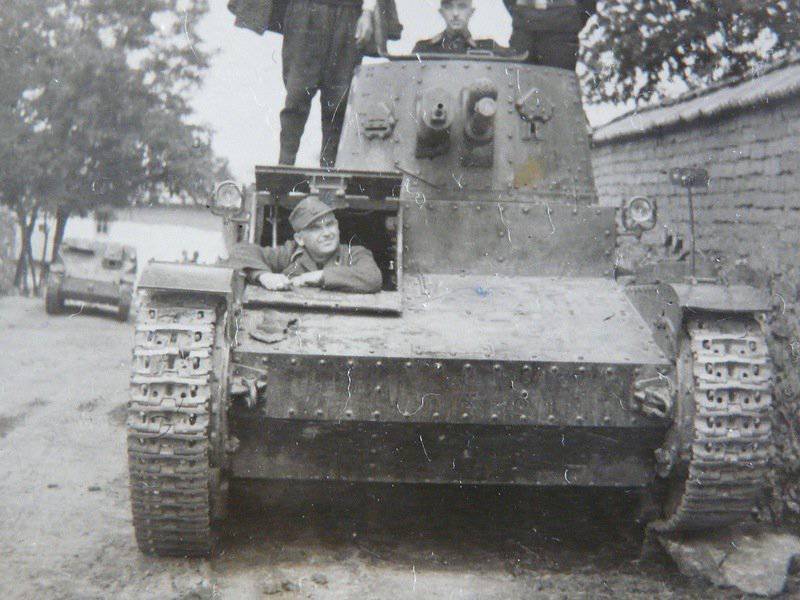
However, the German side informed the Bulgarian that it would not deliver tanks Pz.I and Pz.III. Instead, it was proposed instead of 10 tanks Pz.III - 10 PzKpfw 38 (t) Ausf G.
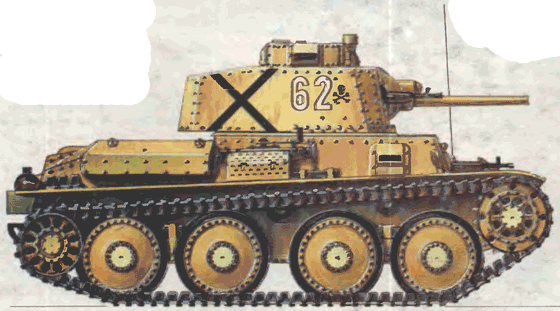
But instead of 25 tanks Pz.I 19 tanks Hotchkiss H-39 and 7 tanks Somua S-35 were offered. The Bulgarians did not agree with this proposal and sharply objected. Still, the German side forced the Bulgarian to agree to their proposal and delivered the French tanks, which the Bulgarians decided to transfer to the police and border forces.
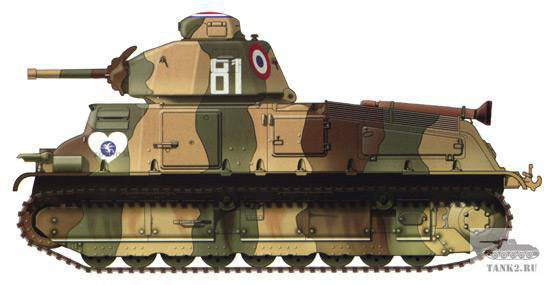
However, as compensation, the Germans additionally delivered the 20 light armored 4x4 Sdkfz 222 and 223 armored cars to the Bulgarians.
In total, in accordance with the rearmament program (which was tentatively called the Barbara Plan), the Germans delivered the 61 tank PzKpfw IV, 10 tanks Pz.Kpfw.38 (t), 55 assault guns StuG 40, 20 armored machines (XNHXX) to Bulgaria. and 17 Sd.Kfz.222). The motorization of the Bulgarian army continued with the delivery of 3 Austrian tracked tractor RSO / 223 produced by Steyr and 40 half-track mounted tractor type 01-t Mautilir type 40S / SSM, made at Ford Werke AG in Cologne, on the basis of the pattern, an image was created by the model, which was created by the driver.
In February 1944, the German side transferred the remaining 51 tank Pz.IVH of the ordered 97.
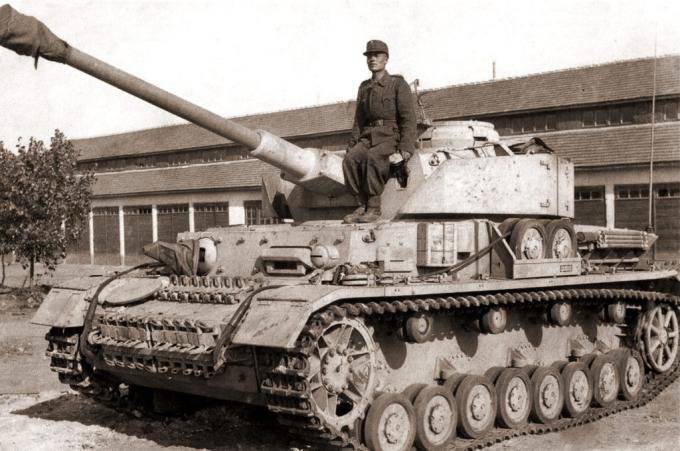
In early September, 1944 was a tank brigade located in the Sofia-Bozhurist-Slivnitsa area. Since spring, the brigade consisted of: headquarters, tank regiment, motorized regiment, artillery regiment, reconnaissance battalion, anti-tank battalion, engineering battalion, anti-aircraft unit, transport unit, evacuation unit and repair shops. The brigade consisted of 9950 military personnel. The reconnaissance battalion consisted of 238 motorized units. Of these: 133 motorcycle with strollers and 26 armored SdKfz 222 and 223. The regiment of motorized infantry consisted of 369 trucks: 206 trucks Steyr 440 / 640.
The artillery regiment consisted of 190 motorized units. Of these: 30 heavy semi-tracked 8T SdKfz7.
The transport part consisted of the 102-x Austrian trucks "Opel-Blitz", "Steyr" and L3000 different options. In the technical part were 64 truck and tractor. The main force of the brigade was a tank regiment. It consisted of 134 tank, distributed over three battalions (squads), including 97 German medium tanks Pz.Kpfw.IVG and Pz.Kpfw.IVH. On 14 September 1944. in the first battalion there were 37 tanks and 11 trucks, in the second - 37 tanks and in the third 35. In the reserve platoon of a tank regiment there were 12 tanks, the regiment headquarters had 13. Separately, the leadership of the brigade had up to nine tanks available. Due to the variety in the machine fleet of the brigade there were many problems with spare parts. All samples were foreign-made; therefore, interruptions in their delivery happened very often. Therefore, repair shops themselves manufactured some parts, often made appropriate repairs in the field. The crew had 77 mobile workshops.
Meanwhile, the morale of the brigade was low. The Germans celebrated pro-Russian sentiments among its soldiers and officers, their fascination with Pan-Slavic ideas, which were further intensified as the German army defeated the Eastern and Italian fronts. Moreover, the instructors even believed that out of the reluctance to fight, some Bulgarian brigade officers sabotaged the learning process.
28 August 1943 died under mysterious circumstances Bulgarian Tsar Boris III (one of the versions of his death is the fact that he rejected Hitler’s request to send the 100 thousandth Bulgarian army to the Soviet-German front with the motivation that it would not fight against the Red Army ). 9 September 1944 the pro-German fascist government was overthrown by the Fatherland Front, which included communists, farmers, social democrats, radical democrats and a number of other parties, with the help of the military, where the Panzer Brigade took an active part. She took a key position in the capital. 11 September 1944 Bulgaria declared war on Germany.
15 September 1944 The Tank Brigade, which was subordinate to the first Bulgarian corps, was ordered to advance to Pirot (Serbia), north-west of Sofia. It was necessary to act against a group of German troops on the road to the city of Nis (Serbia). On the night of 15 on 16 September, the Brigade Command received an order to launch an offensive in the direction of the area of Bela Palanka (west of Pirot). During the September 15 reconnaissance, a shell hit a Pz.IV tank. Later, the technical part managed to evacuate the car in the rear workshops. On September 17, a brigade tank regiment that was in the rear was ordered to launch an offensive shortly after the 35 Infantry Regiment arrived and reinforce its offensive, as the infantry regiment failed to overturn German resistance in the direction of Pirot-Bela-Palanca-Niš. Due to the poor intelligence of Milin, the Kamyk avant-garde tank regiment fell on a minefield, as a result of which 10 tanks were damaged Pz.IV. Strong German artillery fire did not allow to evacuate damaged cars. Until September 20, tank regiment losses were 11 tanks and two self-propelled guns.
19 September The tank brigade re-entered the army reserve, and was ordered to redeploy in the Ponor-Blato-Veliki Suhodol area. During the march, due to a technical malfunction, two tanks were evacuated from the 8 company. On September 30, the motorized regiment was ordered to advance to the Zajchar-Kula area, which defended 300 km from the location of the Tank Brigade. Less than a week later, the regiment turned to October 10 in the Babuchnitsa-Gorchina area.
To begin the offensive operation, the Tank Regiment received the order of October 8 to make the transition from the Treklyano area to the Svozhe district - Mezgraya - Modra wall.
10 October 1944 Tank Regiment with a battalion of the 32 Infantry Regiment of the 12 Division broke through the German defenses in the Vlasotinci area and went to the rear of the German units in the Morava Valley. The next day, units of the Tank Brigade occupied the city of Leskovac. As a result of the battles and due to breakdowns, many vehicles were damaged, including tanks. Shortly after the heavy battles that took place on October 14 with the German SS 7 Division, Prince Eugen, the Tank Regiment was reorganized. The number of battalions in the regiment decreased, and there were only two left. But in the battles of Poduyev the regiment fought again as part of the three battalions. However, the number of tanks decreased to 88. The damaged cars were repaired in a technical workshop organized in Leskovac. A significant number of tanks and vehicles accumulated in the repair shops could not be restored. Some of them were dismantled by mechanics and their parts were used to repair other machines.
After fights with the SS division, the 2-I Bulgarian Army, which included the Panzer Brigade, began preparations for the Kosovo operation.
On November 3, two tanks were lost during the fighting near Poduyev. At the end of the operation, two batteries of self-propelled guns also participated. One attacked near the Mala Kosanitsa area, and the other in the area of Myrdare.
Until November 15, the Tank Regiment was located in the Kurshumlii Bani district, where he conducted preparations for an offensive in the direction of Pristina (Kosovo’s administrative center in Serbia). In two days, the technical part managed to repair 82 damaged cars, which significantly increased the strike power of the Tank Brigade in the following battles.
22 November Tank Regiment participated in heavy battles in the Mitrovica region, where he lost several tanks. 5 December 1944 The leadership of the Tank Brigade issued an order for demobilization. All units were ordered to return to Bulgaria.
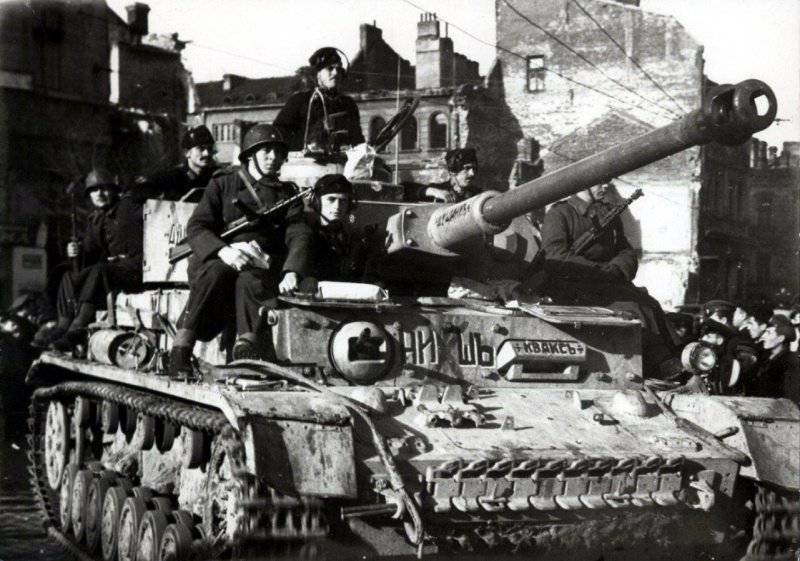
The irretrievable losses of the Tank Brigade during the fighting in Yugoslavia amounted to 20 tanks and 4 self-propelled guns. Part of the equipment during demobilization was in the repair shops. At the first stage of the participation of Bulgaria in the second world war in Yugoslavia, 1, 2, and 4, the army numbering thousands of people, fought. At the second stage of the participation of Bulgaria in the Second World War, the 287-I army of thousands of people 1 was re-formed. She had to fight in the ranks of the 120 of the Ukrainian Front on the territory of Hungary. The 3 Army included only one tank squad (battalion), which had 1 Skoda and Praga tanks (Czechoslovak production) and 35 Pz tanks. Iv. The warheads were 4. The battalion was in the operational army reserve.
Another tank battalion was formed on January 8 1945. It consisted of: 22 tank Pz.IV. three self-propelled guns, 34 motorcycle, 11 off-road vehicles, 25 trucks, two mobile workshops and three tanks. Commanded the battalion, Lieutenant Colonel Ivan Gumbubov.
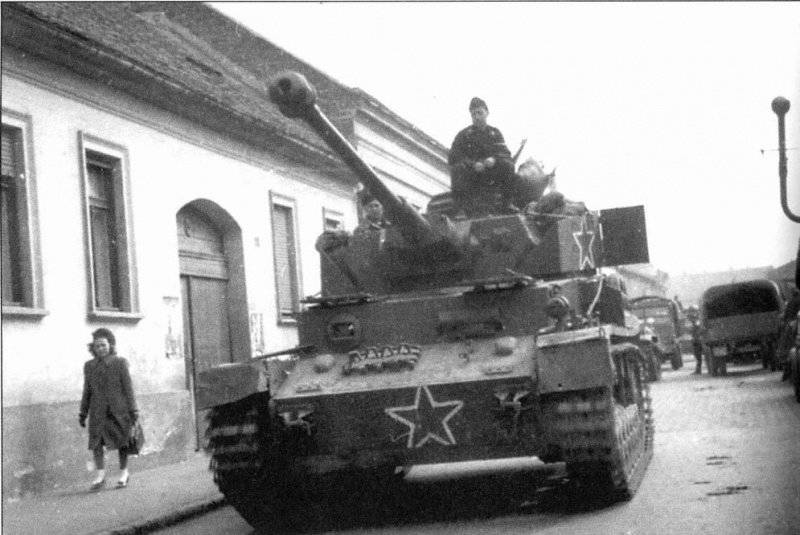
To compensate for the losses of the beginning of 1945, the command of the 3 of the Ukrainian Front transferred to the Bulgarian army a batch of captured armored vehicles (one T-IV tank, one Hungarian Turan, three StuG assault guns, two Jagdpanzer IV assault guns, four Hetzer self-propelled guns and two Italian Semovente da 47 / 32).
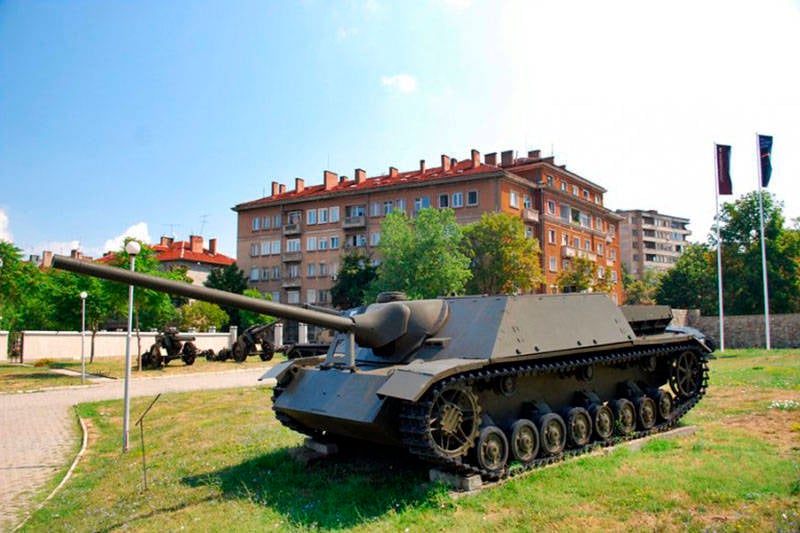
Thus, the Bulgarian tank brigade, despite the modest level of combat training in 1943 - 1944, managed to prove its combat capability on the battlefield, having borne the brunt of the fighting in Serbia and Kosovo in October-November 1944. At the same time, the Bulgarian tank crews did not I never had to meet my German opponents. That is why the Bulgarians during the Second World War did not have a single tank ace.
On the materials of the sites:
http://alternathistory.org.ua
http://477768.livejournal.com
http://www.tankfront.ru/index.html
http://www.prowars.ru/ALL_OUT/TiVOut9801/BolPz/BolPz001.htm
http://www.militarists.ru
The ending should ...
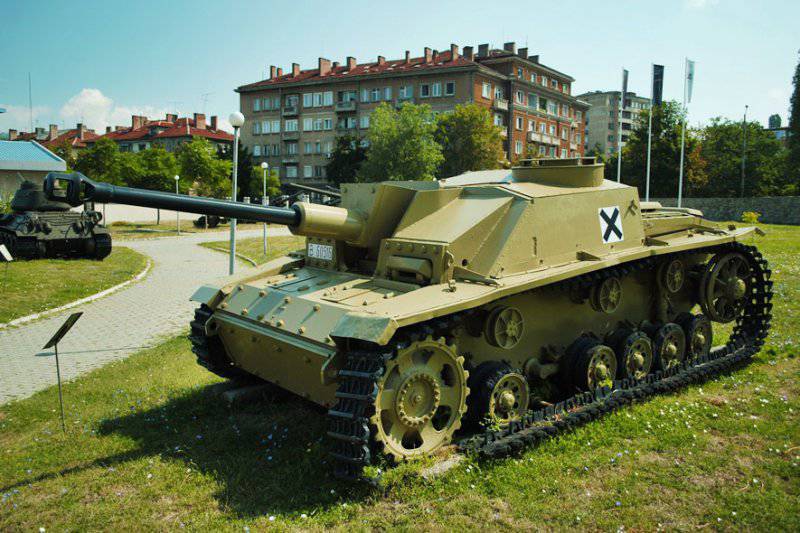
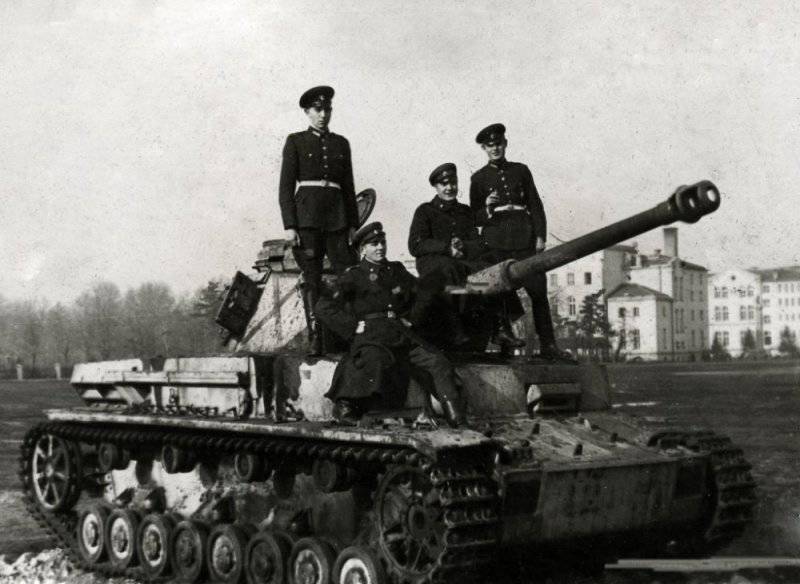

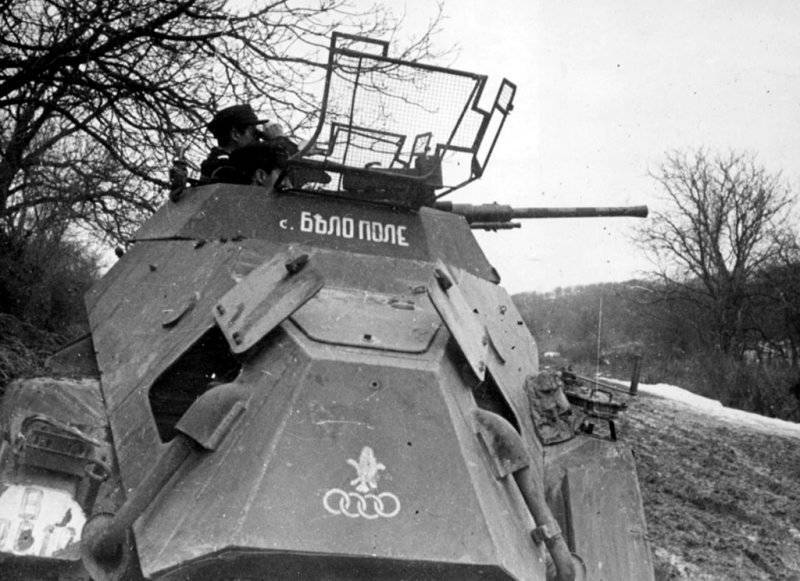
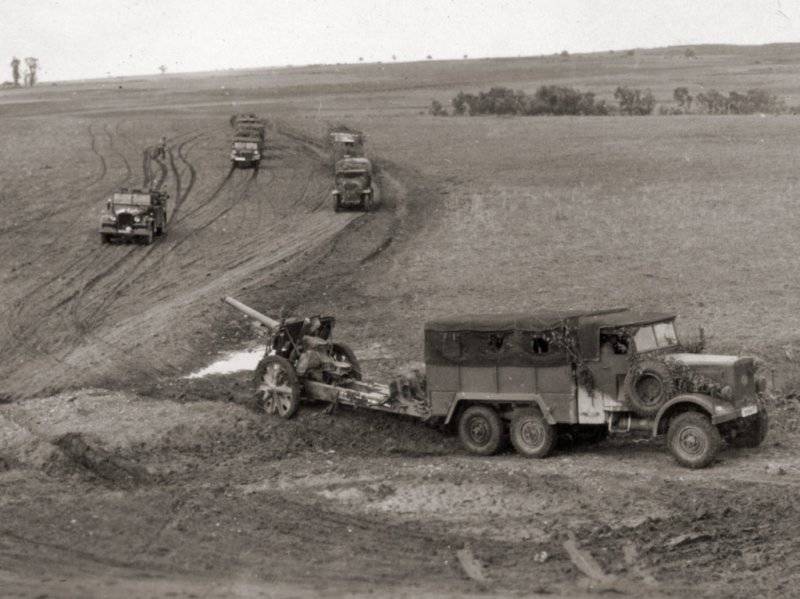
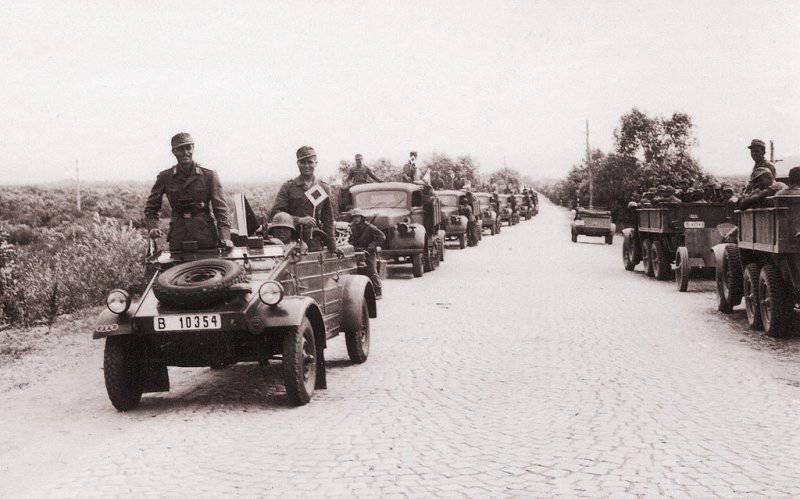
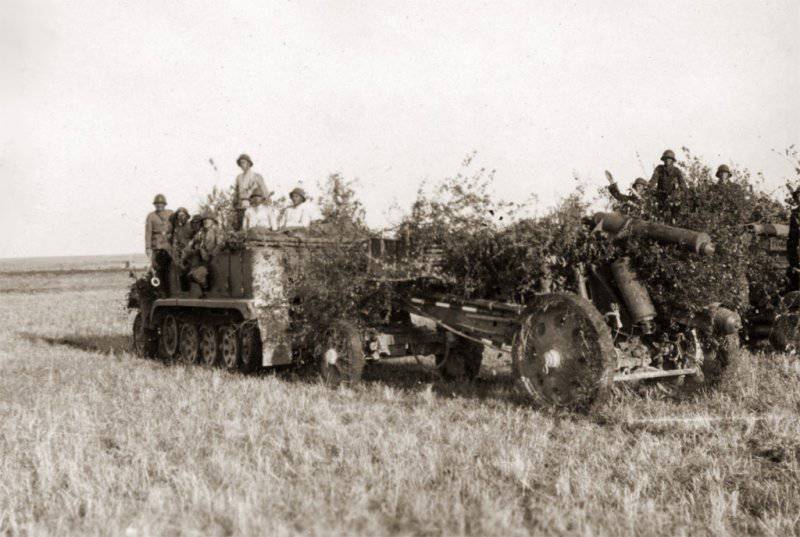
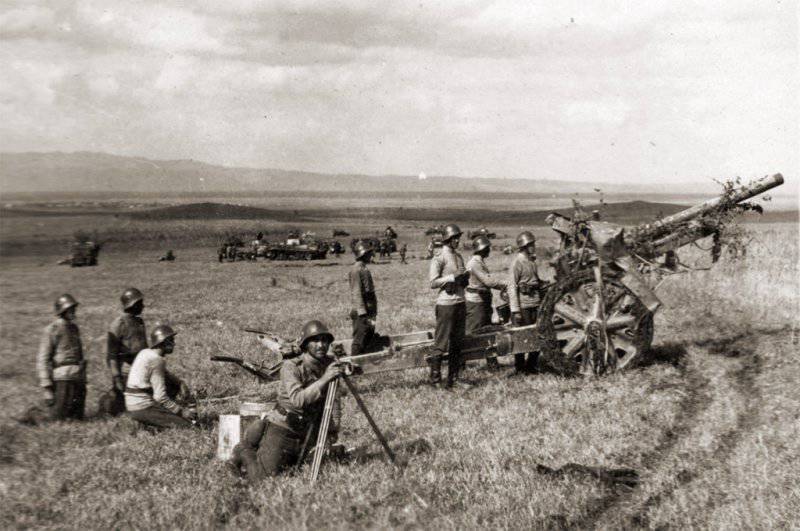
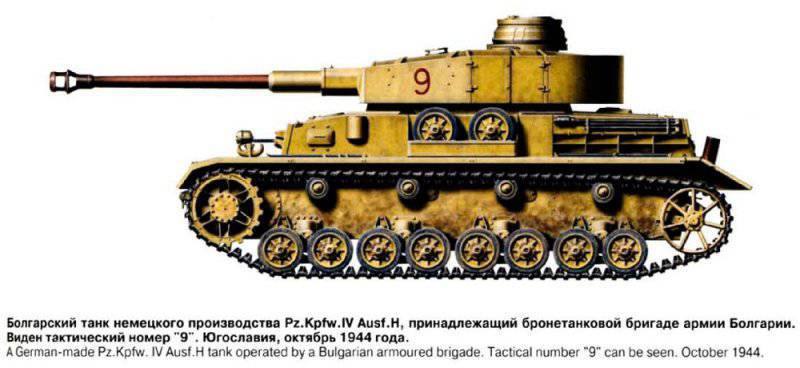
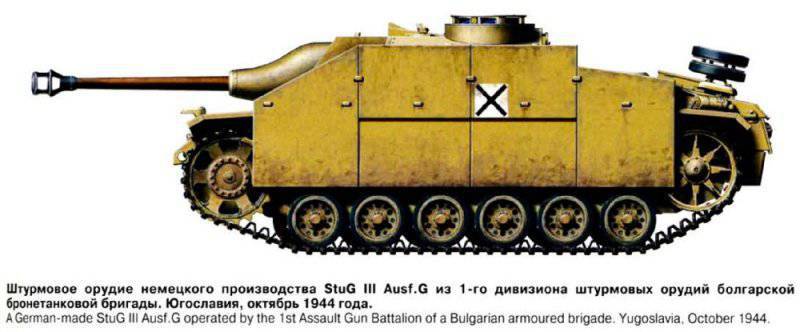
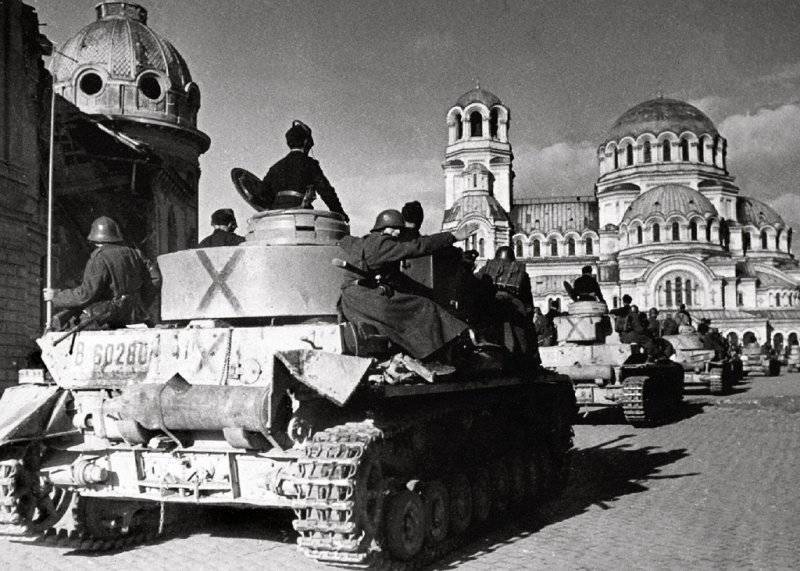
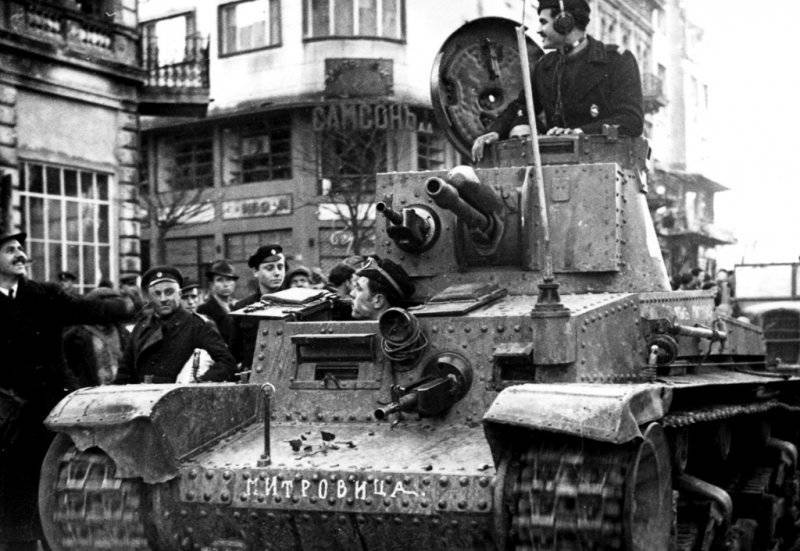
Information